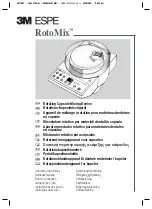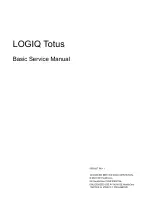
SST-PFB3-ISA
Hardware Reference Guide
Loading a Firmware Module
51
©2004 Woodhead Software & Electronics, Division of Woodhead Canada Limited
Document Edition: 1.0, Document #: 715-0078, Template Edition: 1.1, Template #: QMS-06-045
Use, duplication or disclosure of this document or any of the information contained herein is subject to the restrictions on page ii of this document.
C.1.2 Checking for Conflicting RAM
Before the card’s shared memory can be safely enabled, it must be determined that no other
devices in the system are using the intended memory address range.
Note
Any task switching, interrupts or processes should be disabled during
this procedure.
To check for conflicting RAM, follow these steps:
1. Write zero (0) to the Control Register to disable the card.
2. Read a word from the target memory window and save it.
3. Write 0xAA55 to the target address.
4. Read the target address. It should not contain 0xAA55.
5. If 0xAA55 is read, a conflict exists. Perform the following steps:
•
Restore the saved value to the target address
•
Abort the load procedure
•
Examine the resource allocations in your operating system. If your OS does not
manage resources, review the requirements of the other hardware installed in your
machine to select a non-conflicting memory window. If you continue to experience
difficulties, contact technical support (refer to Section E.3,
Technical Support
, for
details).
Note
If you are unsure of the system’s memory usage, you may want to do a
full memory window verification to ensure that there are no memory
conflicts.













































